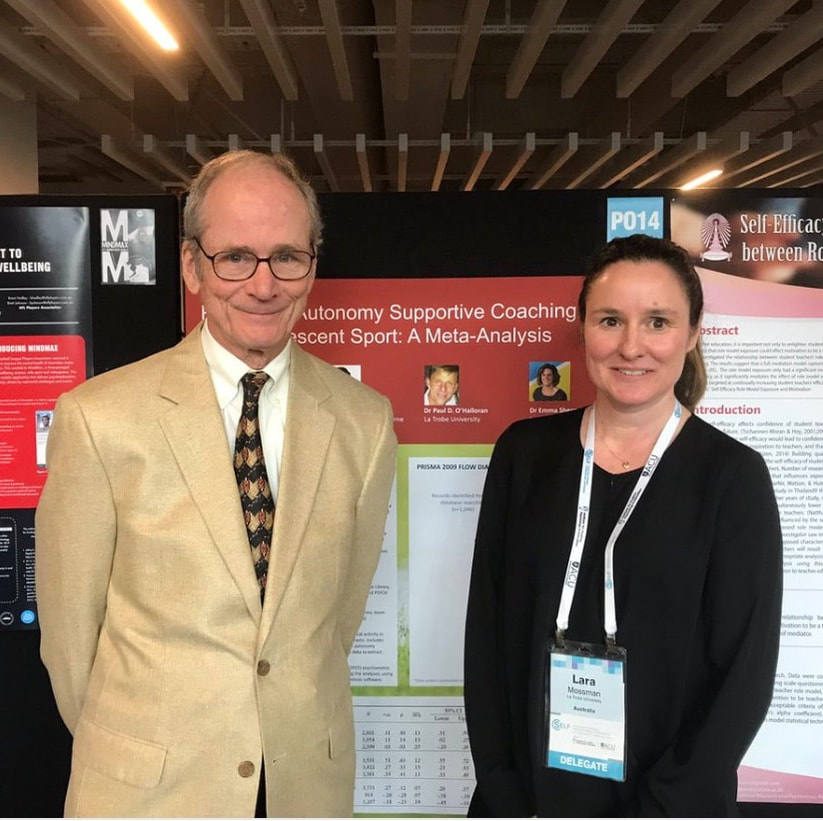|
Figure 1.1 - Positive Psychology Themes and Topics "All truly great thoughts are conceived by walking" (Nietzsche, Twilight of the Idols). A chance meeting of two men walking on a Hawaiian beach in 1997 led to one of psychology's greatest shake ups. The men, Dr. Martin Seligman and Dr. Mihaly Csikszentmihalyi, were aware of each other's work, but had never previously spoken. In the days that followed they exchanged ideas about what they thought the future of psychology should be. Their discourse covered what makes life worth living, courage, generosity, creativity, joy and gratitude; topics that stood in stark contrast to mainstream psychological investigations of the twentieth century. It was during these discussions that the notion of a positive psychology movement was conceived (Csikszentmihalyi & McNamara, 2011). The term itself was not new and first appeared as a chapter heading in Abraham Maslow's 1954 book, Motivation and Personality (Maslow, 1970; Snyder, Lopez and Pedrotti, 2011). Seligman and Csikszentmihalyi envisaged that positive psychology would offer a balance to their observed weakness-orientated approach of the field. It was not intended to slight the value and pain attached to human suffering, rather, it was expected that positive psychology would help to present the whole human picture (Snyder et al., 2011).
2 Comments
|
AuthorLara has a Master of Applied Positive Psychology and a Master of Philosophy with Historical Studies. She is currently studying a PhD with a focus on positive sports environments and adolescent wellbeing. In The Philosophical Daughter she shares ideas around positive psychology and wellbeing science. ArchivesCategories |

 RSS Feed
RSS Feed




